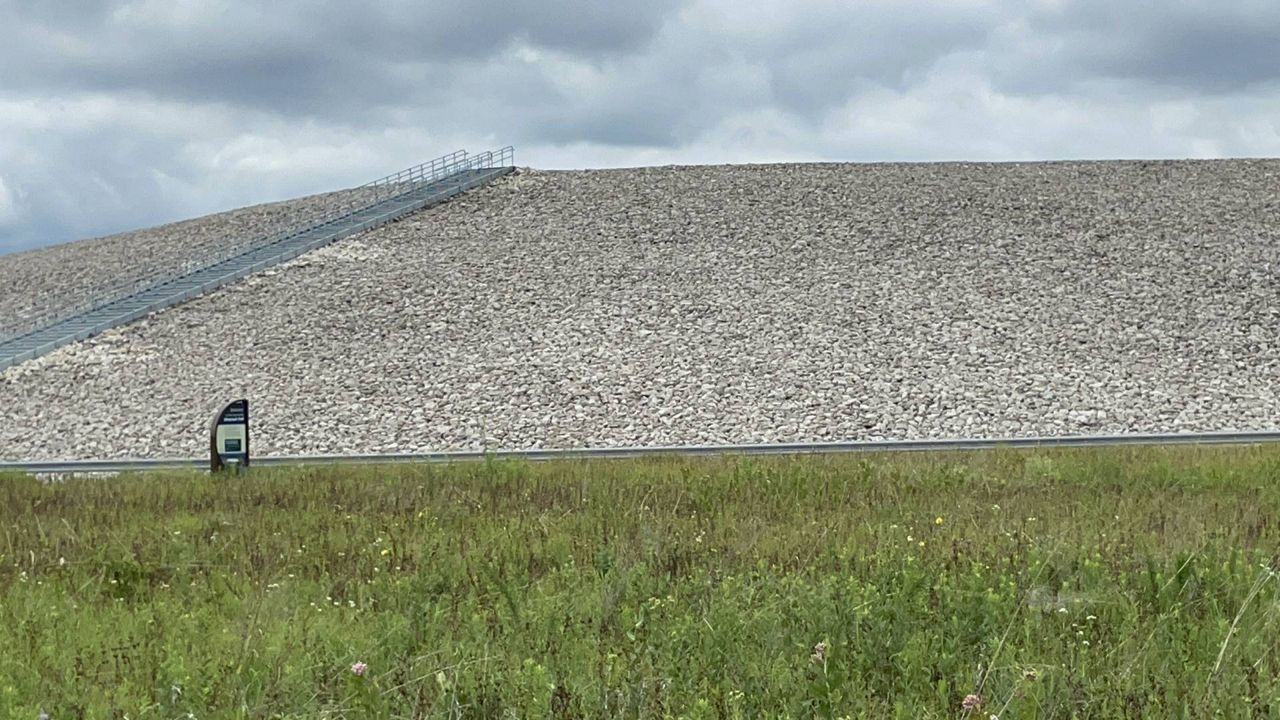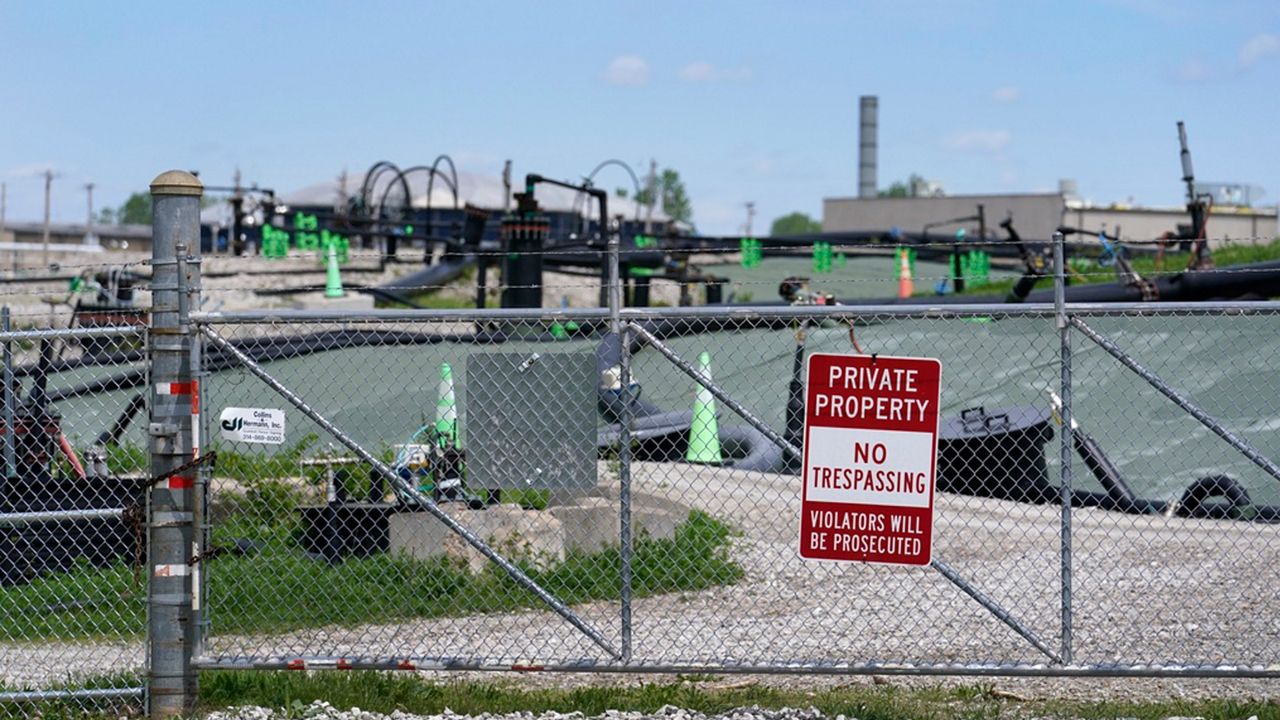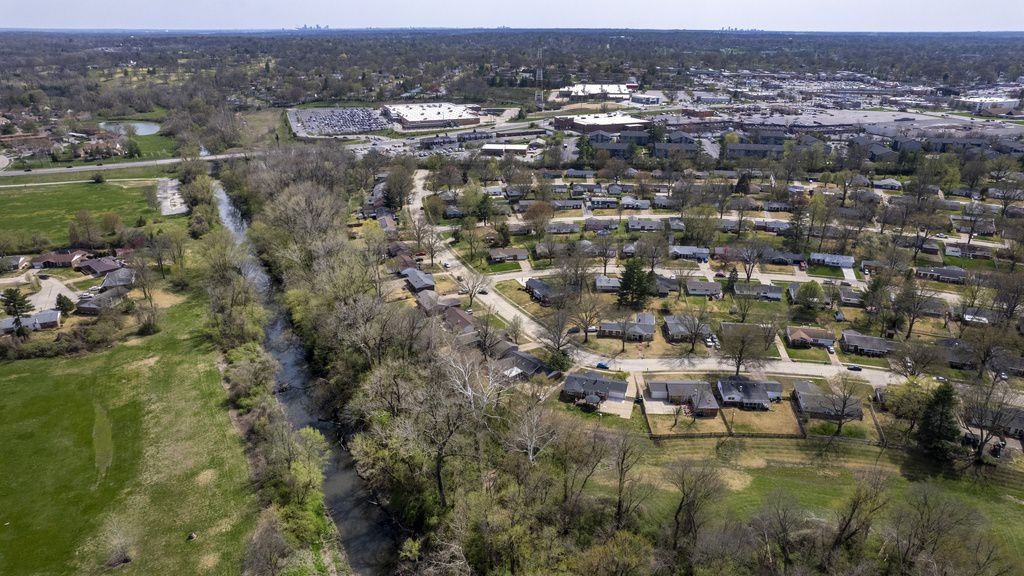ST. LOUIS — Christopher Nolan’s “Oppenheimer” is drawing large crowds to local theaters, but the three-hour movie about the mastermind behind the Manhattan Project will hit close to home for many in St. Louis.
“There are still people whose worlds are being destroyed here, 70 years later,” says Dawn Chapman, a member of JustMomsSTL, a group of activists who have campaigned for years about the impact of nuclear contamination in the region.
Chapman herself has garnered more of a national platform as of late, thanks to new disclosures from documents dating back to the 1940s showing what government officials and companies knew about risks of producing and disposing of nuclear waste.
The movie does make a mention about St. Louis’ connection to the production of the atomic bomb, but it leaves out any discussion about the long-lasting affects in the region. There is similar sentiment in Los Alamos, the nuclear testing site in New Mexico.
“For them to even be able to do what they did in Los Alamos, it started here. Without us, they wouldn't have had it to do anything with,” Chapman said.
The movie has two separate timelines, one focusing on a physicist who spent the first half of his life in headlong pursuit of a new science and the second half wrestling with the consequences of his colossal, world-altering invention.
“Science comes with risks, and maybe some shouldn't be taken,” remarked Chapman. “it's one thing for them to take those risks as scientists, but they put that risk on top of an entire region here in St. Louis.”
Here are some of St. Louis’ connections to the Manhattan Project:
Nobel Prize-winning physicist Arthur Compton was one of the noted scientists working on the Manhattan Project, according to a U.S. Army Corps report. He needed to get 40 tons of uranium. Over a lunch date at the former Noonday Club on North Fourth Street, Compton persuaded Edward Mallinckrodt, the president of Mallinckrodt Chemical Company, to be part of the project.
Louis Hempelmann was another Washington University of St. Louis professor who graduated in 1938 and specialized in internal medicine, according to the Atomic Heritage Foundation website. He joined the school’s Mallinckrodt Institute, which was developing a cyclotron for medical uses. This led to a meeting with Oppenheimer and working at the Los Alamos site as the head of the “Health Group”, which dealt with radiation and safeguards. You can see Hempelmann in a photo with Oppenheimer here.
The St. Louis-based company became the first industrial-scale producer of uranium metal and uranium oxide. The uranium produced in St. Louis was used in the development of the first atomic bombs and many of the bombs that were later developed in the Cold War. The U.S. Army Corps of Engineers document states employees were not aware of what they were building at the time, and the scientists who had an inkling were “dogged by agents of the Federal Bureau of Investigation to ensure confidentiality”.
Mallinckrodt, under contract from the Atomic Energy Commission, moved the production of uranium to a new facility built at the site of a former U.S. Army TNT production facility in Weldon Spring. The facility functioned from 1957 to 1966. Nuclear waste from the downtown location and a plant in Ohio were dispose in this area. The government cleanup of Weldon Spring is complete, but the site is considered permanently damaged and will need perpetual monitoring.

In 1947, the Manhattan Engineering District took over 21.7 acres of land near Lambert St. Louis Airport to be use as a storage area for waste from the downtown Mallinckrodt site. In the early 1980s, nuclear waste was found in nearby Coldwater Creek. Cleanup of Coldwater Creek is far along, but isn’t expected to finish until 2038.
In 1966, materials at the airport storage site were sold to Continental Mining and Milling. The company began moving some of the waste to a facility on Latty Avenue in Hazelwood.
In the 1970s, waste from the Latty Avenue location was hauled to the Westlake Landfill. It was diluted with 39,000 tons of topsoil and taken to the Bridgeton location. Federal officials plan to remove some of the waste at West Lake Landfill and cap the rest.

Around St. Louis, there has been renewed interest about the issue since the government documents came to light.
Chapman doesn’t think the timing of the document release and movie is a coincidence. While that may motivate some to see the movie, she plans to wait a little to see it for herself.
“So, I thought about this. The answer is yes, but I don't want to be the first batch of people to see it. Obviously, with the documents coming out, it is a lot raw right now,” said Chapman. “I am expecting to have some pretty strong feelings about it.”
While the movie is likely to be a topic talked about nationwide, the current writer’s strike in Hollywood has cancelled the typical premiere events and has kept actors from talking about the movie. Chapman hopes some will use their positions of power to bring awareness to the lingering issue.
“They couldn’t put it in their film, but surely they can do their homework, a little Google search, and acknowledge the pain that this has caused and the wounds that are still there” she said.




